Key Environmental Impact Indices 23
The major environmental impact is exerted by NIAEP during construction of generating units.
The level of this influence differs depending on lifecycle of the facility:
- Insignificant environmental impact at design stage;
- Significant environmental impact during construction of power facilities;
- Insignificant environmental impact of power facilities during operation.
NPP construction and operation lead to both positive and negative environmental impact.
Positive environmental effect consists in:
- Organic fuel substitution (natural gas, fuel oil, coal);
- Limitation of greenhouse gas emissions (contribution to fulfillment of the Kyoto Protocol by the Russian Federation).
Negative environmental impact caused by NIAEP includes:
- Generation of industrial and household waste;
- Emissions of pollutants into the atmosphere;
- Waste water discharge into water bodies.
According to the results of 2012, the indices of NIAEP environmental impact in respect of atmospheric emissions, waste waster discharge and waste generation were within the admissible limits. NIAEP was not subject to significant penalties and non-financial sanctions for non-compliance with the environmental legislation and regulatory requirements.
Used Materials
In 2012 the Udomlya Branch used no materials in connection with pre-commissioning start-up operations on the Kalinin NPP generating unit 4.
The share of purchased or used materials which were certified by the third-party organization with regard to consistency amounted to 8.26%. Expendable materials for NPP construction, except for soil, are purchased from external suppliers.
Table 7.35. Use of Materials by the Volgodonsk Branch in 2010–2012


Table 7.36. Use of Materials by the Baltic Branch in 2012 24


Materials which represent recycled or reused waste, except for soil excavated during excavation work, are not used at Company’s facilities. Soil accumulated during excavation of pits for buildings and structures is used for future back-fill of these structures. Nearly 60% of soil is used for back-fill, i.e. the whole pit is back-filled except for the volume of underground parts of structures. Back-fill is performed as far as underground parts of buildings and structures are constructed.
Waste Generation
During NPP construction production waste is generated similar to waste produced during TPP and CHPP construction of equal capacity. However, during further operation of nuclear power plants no branched fuel-handling systems are required which are typical of thermal power facilities operating on coal and fuel oil.
Waste is transferred to organizations possessing the corresponding licenses. Waste formed in the process of construction of NPP generating units is not recycled or reused. Quantitative indices of waste generation in the NIAEP branches are specified in Tables 7.37–7.39.
Table 7.37. Waste Generation at the Udomlya Branch


Significant reduction in waste generation with regard to all positions in 2012 is connected with completion of construction operations on the Kalinin NPP generating unit 4 and its commissioning.
Table 7.38. Waste Generation at the Volgodonsk Branch


Significant increase in waste quantity in 2012 is conditioned by increase in scope of work performed at Rostov NPP generating unit 4.
Table 7.39. Waste Generation at the Baltic Branch 25


Water Use
The Company is committed to the policy of rational use of natural resources and in the process of its activity it strives to use water taken for production and household needs in the most effective way. Water for construction and mounting operations, production of commercial concrete and mortar, manufacturing of steel structures at facilities of subcontracting organizations, and household needs is taken from the public water supply networks of the Udomelsky and Volgodonsk Branches. The Baltic Branch takes water for Baltic NPP construction from bored water wells (30,016 m3/year in 2012). No recycled water is used for construction purposes. Significant reduction in water withdrawn by the Udomlya Branch is conditioned by completion of construction operations on the Kalinin NPP generating unit 4 (see Fig. 7.11).
Fig. 7.11. Water Use at NIAEP Branches in 2010–2012, m3

The water supply sources of the Central Office and NPP facilities under construction are not within the protected areas and constitute no danger in terms of biodiversity preservation. Water supply source of the Central Office is the Nizhny Novgorod municipal water supply system. During construction of the Kalininskaya and the Rostov NPPs water was not taken from natural water sources (surface and ground, including potable water). Table 7.40 specified average annual intensity of water consumption in the Company’s Central Office and branches.
Table 7.40. Water Use Intensity at NIAEP Offices and Branches, m3/day


Waste Water Discharge
The volume of discharged waste water on production sites is within the norms established by the legislation.
Waste water from the construction site of Kalinin NPP generating unit 4 comes from administrative and production buildings of the Udomlya Branch and subcontracting organizations to the NPP sewage systems and further to treatment plants of Udomlya. Storm water from the construction site come to the Udomlya Lake along the storm water system equipped with local treatment plants. Being a land and water user, the Kalinin NPP controls waste water composition within the frames of the Industrial Environmental Control Program.
At the Volgodonsk Branch waste water discharge to sewage systems is performed in the same way. Storm water from the construction site is processed at the treatment facilities of Volgodonsk and discharged to the heat sink of the Tsimlyansk Reservoir.
Figure 7.12 shows data on volume of waste water discharge in 2010–2012. The volume of waste water changes depending on stages of construction of generating units. Treatment facilities on the construction site of the Baltic NPP were not commissioned in 2012. Household and utility waste water of the Baltic Branch are removed by means of motor vehicles on the basis of contracts concluded with subcontracting organizations.
The sharp increase in water consumption and discharge at the Volgodonsk Branch in 2012 is conditioned by significant increase in scope of work. This multiple increase of environmental impact is admissible, it is stipulated by the corresponding norms and limits approved by the environmental authorities.
Emissions of Pollutants into the Atmosphere
Data on the volume of pollutants emitted into the atmosphere in 2012 from construction sites of NPP generating units are given on the basis of averaged data for subcontracting organizations and branches. Calculations are based on maximum allowable emission targets, data of field instrumental gauging performed by specialized organizations, and calculations of fuel balance of enterprises and payments made by enterprises for negative environmental impact.
There are stationary and fugitive emission sources on NPP construction sites. Stationary emission sources include exhaust ventilation pipes, cyclone outlets, deflectors and roof ventilators. Fugitive emission sources include open warehouses for storage of inert materials (sand and crushed stone), overturning areas, welding machines operating on open sites, and motor vehicles.
Fig. 7.12. Waste Water Discharge at NIAEP Branches, m3
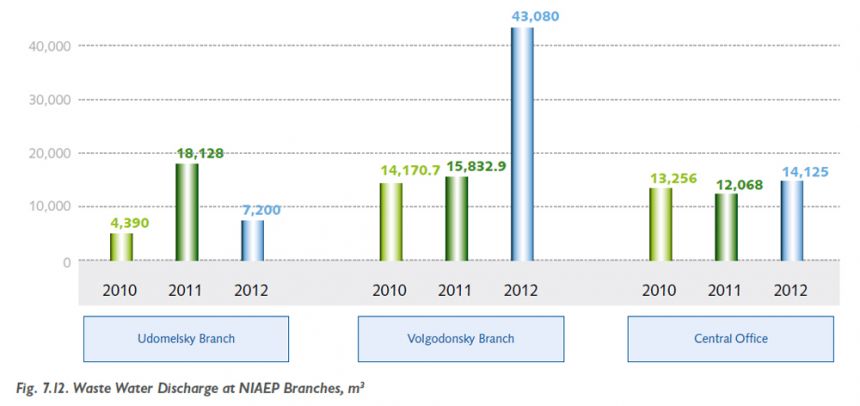
Fig. 7.13. Emissions of Pollutants into the Atmosphere, t
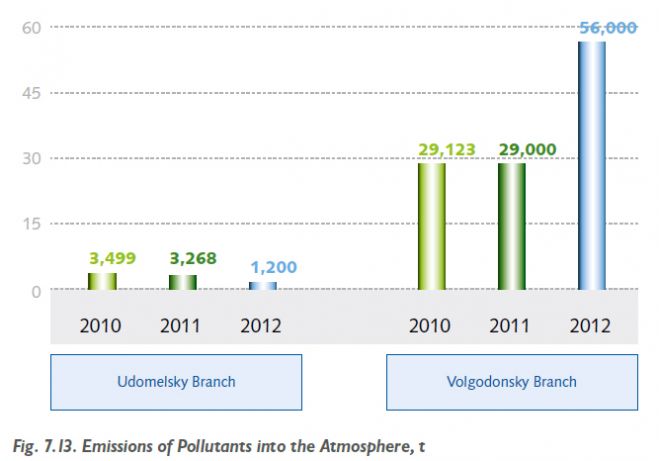
Reduction in volume of emitted pollutants on the construction site of Kalinin NPP generating unit 4 is conditioned by completion of construction operations in 2012. There are no stationary emission sources in the balance of the Baltic Branch.
Greenhouse Gas Emissions
During construction of NPP generating units NIAEP applies modern technologies which almost exclude greenhouse gas emissions. Greenhouse gases are emitted only in case of use of vehicles and construction machines, and the volume of emissions is comparable to the background level of greenhouse gas emissions (NOX, SOX, etc.) from motor vehicles and machines used in the process of human life activity. Indirect emissions conditioned by burning of organic fuel for heat and electricity supply of the Central Office are calculated on the basis of annual heat and electricity consumption.
There are no indirect greenhouse gas emissions conditioned by burning of organic fuel on construction sites, as in the reporting year the construction sites of the Kalininskaya and the Rostov NPPs were supplied with heat and electricity from the operating NPP units
Indirect emissions conditioned by burning of organic fuel for heat and electricity supply of the Central Office were calculated on the basis of annual heat and electricity consumption and amount to 1,840*106 m3.
Table 7.41. Direct Greenhouse Gas Emissions from Motor Vehicles, t of СО2 Equivalent


Table 7.42. Indirect Greenhouse Gas Emissions, t of СО2 Equivalent


Table 7.43. Intensity of Greenhouse Gas Emissions, t of СО2 Equivalent


Initiatives on emission reduction come to assurance of regular technical control over pollution from vehicles and machines and regulation of indices. In addition, it is possible to reduce greenhouse has emissions by purchasing new vehicles and construction machines with better environmental characteristics (in case of the specified mean life and retirement of existing vehicles and machines).
Most motor vehicles used by NIAEP are of environmental class 4. Several new vehicles belong to class 5. There is a hybrid car in the Central Office and it is planned to buy vehicles of this type in future.
Currently, vehicles are being transferred to EKTO gasoline providing for minimum level of atmospheric pollution. Regular technical inspection of motor cars is carried out. NIAEP makes regular payments for environmental impact caused by motor vehicles in various amounts depending on haulage and power, as well as environmental class thereof.
Impact on Soil
NPP construction is connected with construction of a large number of facilities varying in functional purpose and depth of digging-in. Depending on composition, structure and other characteristics of soil various types of work are carried out on construction sites (removal of fertile layer, territory planning, excavation of pits, water drawdown, rehabilitation of territories free from structures, etc.). These operations exert significant impact on soil. However, the impact complies with the requirements of construction norms and rules, and other regulatory permits.
NPP generating units designed and constructed by NIAEP are not located within specially protected areas or in the territories with high concentration of biodiversity, as well as adjoining territories.
In 2012 no rehabilitation was carried out at NIAEP facilities, as the land plots to be used for current and future needs do not required restoration.
Energy Resources Consumption
In the process of its activity, NIAEP consumes various types of energy resources which are subject to strict accounting.
Table 7.44. Energy Resources Consumption, GJ


Table 7.45. Average Annual Intensity of Electricity Consumption during Working Hours, kW/day


Table 7.46. Heat/Water Consumption, Gcal


Table 7.47. Gasoline Consumption, GJ


Table 7.48. Diesel Fuel Consumption, GJ


Such types of energy resources as nuclear power energy, fuel gas, coal, combustible shale and peat were not used during production activity of NIAEP and its branches.
Expenses for Environmental Protection
In 2012, 350.5 thousand rubles were allocated for financing of work on environmental audit of the NIEAP Central Office and elaboration of Integrated Management System.
Table 7.49. Expenses for Environmental Protection and Environmental Payments of the NIAEP Central Office, Ths. Rub.

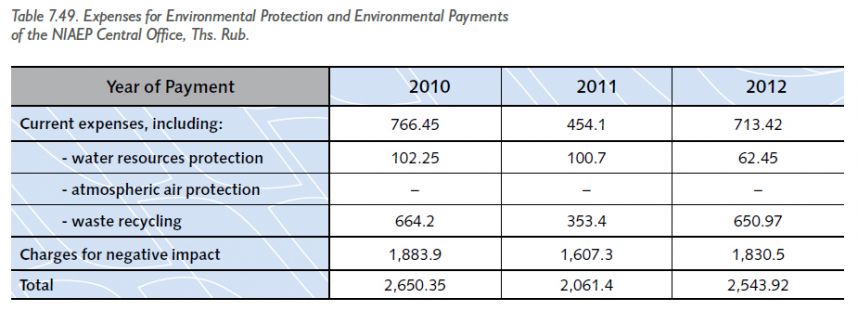
Table 7.50. Expenses for Environmental Protection and Environmental Payments of the NIAEP Udomlya Branch, Ths. Rub.

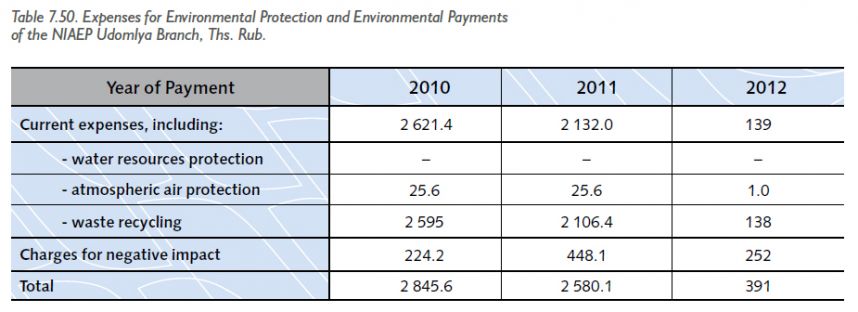
The sharp decrease in expenses for environmental protection in 2012 is connected with completion of operations at Kalinin NPP generating unit 4.
Table 7.51. Expenses for Environmental Protection and Environmental Payments of the NIAEP Volgodonsk Branch, Ths. Rub.

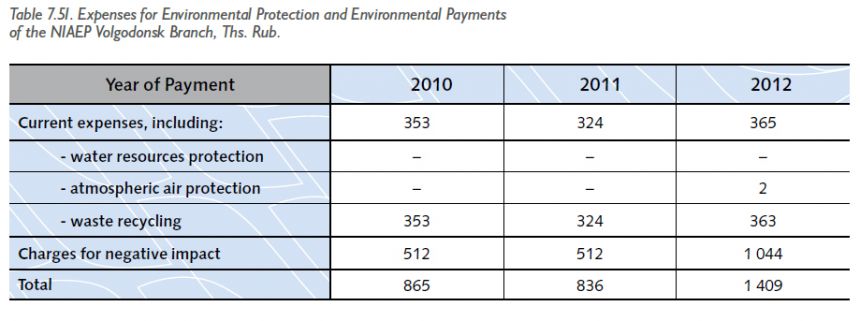
Table 7.52. Expenses for Environmental Protection and Environmental Payments of the NIAEP Baltic Branch, Ths. Rub.

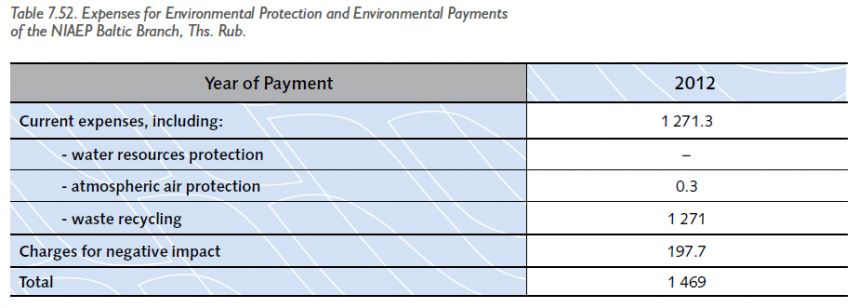
In 2012 no penalties were imposed on the NIAEP Central Office and branches for non-compliance with the environmental legislation.
23 Borders of consolidation on all indices include the Udomelsky, Volgodonsky and Baltic Branches. The data on the Baltic Branch are given with regard to 2012 only, as the Branch was established at the end of 2011.
24 Due to the fact that the Baltic Branch was established at the end of 2011 and construction operations began at the end of 2012, the data on the Baltic Branch are given for the fourth quarter of 2012 only.
25 Production activity of the Baltic Branch began in the end of 2011.